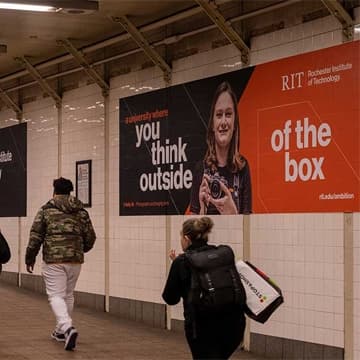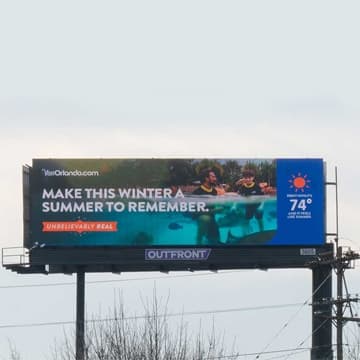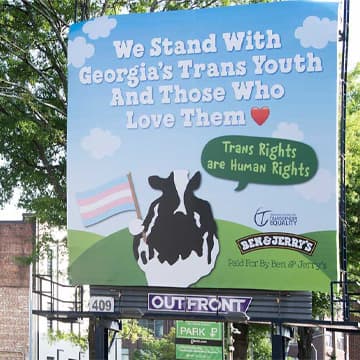
2025 Back-to-School Shopping: Ten Need-to-Know Trends
July 8, 2025
Are brands showing up in the right way or in the right places to reach and influence back-to-school shoppers?
Summer might have just begun, but in today's always-on consumer culture, whether you’re ready for it or not, back-to-school shopping is back in session.
There’s real value in meeting BTS shoppers where they already are and when they’re most likely to act – and out of home makes it easy. With capabilities like dynamic creative optimization, audience-based targeting, and location intelligence (more on these later), brands can move beyond static impressions and deliver contextually relevant messages at scale, in the moments that matter most. These advancements are turning OOH into a smarter, more agile medium, able to respond to real-time conditions and shifting consumer intent. As the path to purchase becomes less linear and more experience-driven, these capabilities will only grow more essential (more on that later as well).
From shifting values to newly evolved touchpoints, here are ten trends shaping the 2025 back-to-school landscape (and ideas on how to make the most of them with out of home).
1. One Size Doesn’t Fit All: K–12 and College Shoppers Shop Differently
Back-to-school shoppers are by no means a homogenous class. Parents of younger students continue to drive the bulk of BTS spending, and they’re navigating rising costs with sharper intent. According to Inmar Intelligence, 92% of K-12 parents say coupons and loyalty programs influence where they shop, and 31% are willing to take on debt to afford supplies (SOURCE: Mintel). This is proof that affordability, brand incentives, and emotional stakes are more influential than ever in shaping BTS shopping behavior.
Meanwhile, college students tend to shop later in the season — often August or even early September — and act more independently, with 61% making most of their own purchases (SOURCE: Mintel). For this group, going back to school often means a fresh start — new dorms, new classes, and updated essentials.
These two segments create a strong case for a more phased and intentional approach to media planning. Messaging and timing should reflect the distinct behaviors of each audience.
2. A Decline in Traditional Higher Ed is Fueling EdTech Innovation
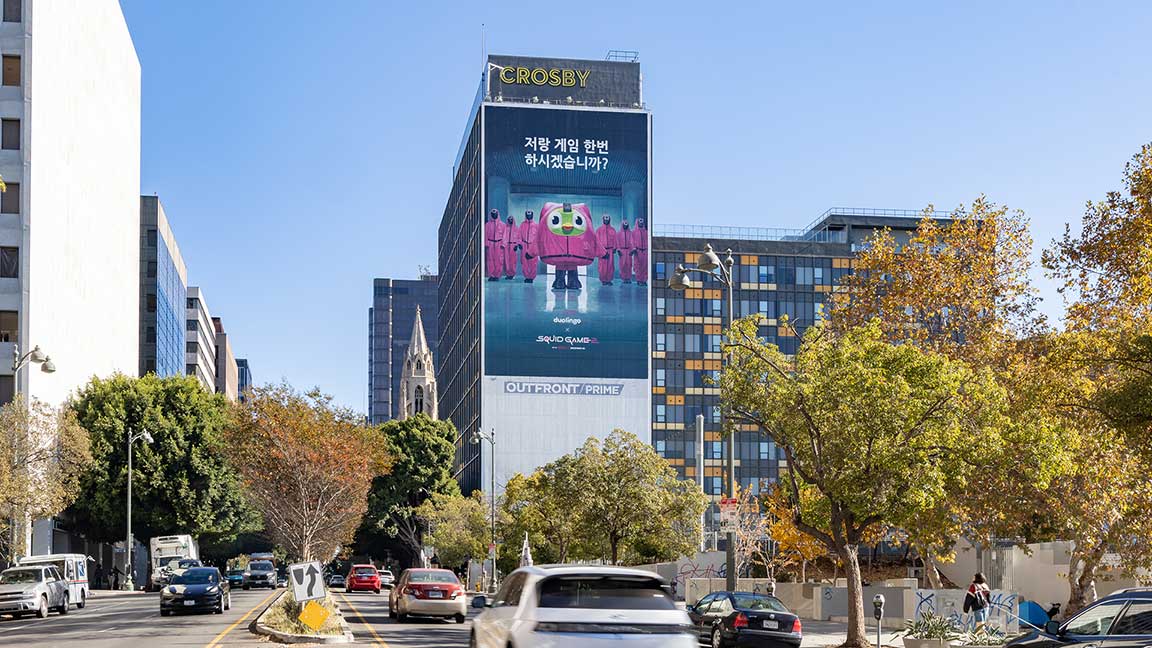
Is the traditional path to college obsolete? The number of American teens who believe college is important has sharply declined since 2021, with Gen Z increasingly questioning its value. Globally, the share of young people pursuing a bachelor’s degree or higher dropped 21% in just the past year, and the U.S. has seen a steady drop in jobs requiring a college degree, falling from 51% in 2017 to 44% in 2022 (SOURCE: GWI).
As tuition costs rise and career paths diversify, students and their families are looking elsewhere for skills and credentials that feel more aligned with the modern workforce. For education technology (EdTech), this shift is fertile ground. Flexible, affordable, digitally native platforms are gaining traction not only with students, but with educators too — from teachers purchasing learning materials online to teens doing their homework on gaming consoles. In a world where the college dream is losing its pull, EdTech has a chance to lead by offering a new kind of learning journey that’s skill-first, mobile-friendly, and built for what comes next.
3. Health and Wellness Are Top Priorities
Sacramento’s distinct seasons not only enhance its charm but also offer unique settings to present your message. Spring's floral bloom and fall’s crisp air are perfect backdrops for seasonal campaigns, from fashion and beauty to automotive and health. OUTFRONT's portfolio can offer your brand high-impact placements along scenic paths and popular outdoor districts, ensuring your message resonates with the public throughout the year.
Health and wellness are more than personal goals, they’re purchase drivers. With 88% of parents saying health is a bigger concern this year than ever before, BTS shopping has evolved far beyond pencils and backpacks to include vitamins, better-for-you snacks, self-care items, and emotional wellness support. Gen Z students are feeling the pressures too, juggling academics, social demands, and a constant stream of online information. While price sensitivity remains high, half of parents would prioritize healthiness over affordability. For marketers, bridging this tension between value and wellness is key: the right messaging can not only capture attention now but earn long-term trust later. Timely messaging on sales and special offers can be particularly effective — especially since coupon redemptions surge by 61% for health products and nearly 22% for personal care in the final weeks of BTS shopping (SOURCE: Inmar Intelligence).
4. Buy Now, Pay Later is Reshaping How Families Budget
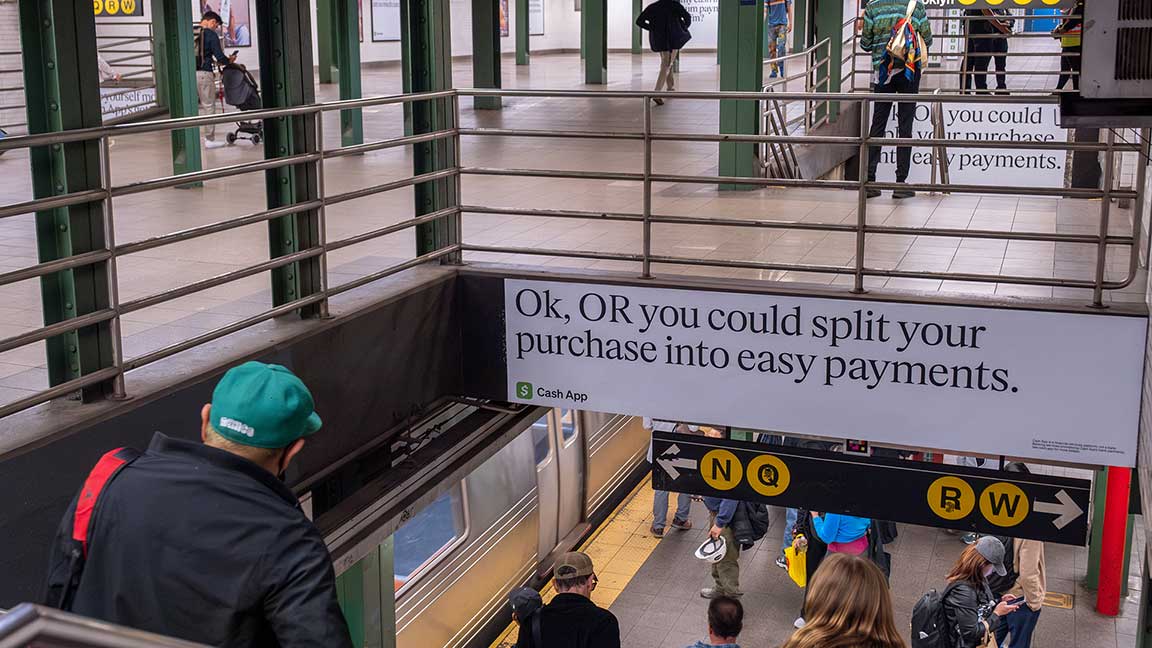
Back-to-school spending has always been a high-stakes balancing act, but buy now, pay later (BNPL) services have changed how families approach it. Platforms like Klarna, Afterpay, and Affirm offer budget-conscious parents a way to manage seasonal costs without leaning on traditional credit. The appeal of these financial service brands is clear: Afterpay alone reported a 65% year-over-year increase in backpack sales and a 50%+ surge in school supplies and electronics (SOURCE: Snipp). For many families, BNPL isn’t just a payment option but an essential to affording quality without overextending. And retailers are taking note, embedding flexible payment choices into both online and in-store experiences. With the BNPL market projected to reach $122.26 billion this year, this model is quickly becoming a key part of the back-to-school toolkit (SOURCE: Snipp).
5. Teachers Are Carrying the Back-to-School Season — Literally
It’s not just parents feeling the financial weight of BTS season; teachers are carrying it too, often quite literally. In 2025, the average educator is spending $895 out of pocket to equip their classrooms. More than half of all supplies — from pencils and paper to inclusive books and even food — are paid for by the teachers themselves. With 82% citing inflation as a growing concern and 1 in 5 needing to work a second job, the burden on educators has reached an unsustainable tipping point. Their quiet acts of care, advocacy, and resilience are what keep classrooms running — but it’s time for brands to step up and share the load. This is a moment to recognize not only the emotional weight educators carry, but the financial burdens too. Supporting teachers is the right thing to do — it’s also a strategic opportunity to build trust and brand equity with an influential audience that’s deeply engaged and receptive to support. From educator discounts and donation-matching initiatives to meaningful OOH campaigns that shine light on their impacts, brands have the chance to show up in tangible, lasting ways for the people actively shaping the future generation (SOURCE: AdoptAClassroom.org).
6. Timing Is Everything: Weather and Seasonal Peaks Are Driving BTS Decisions
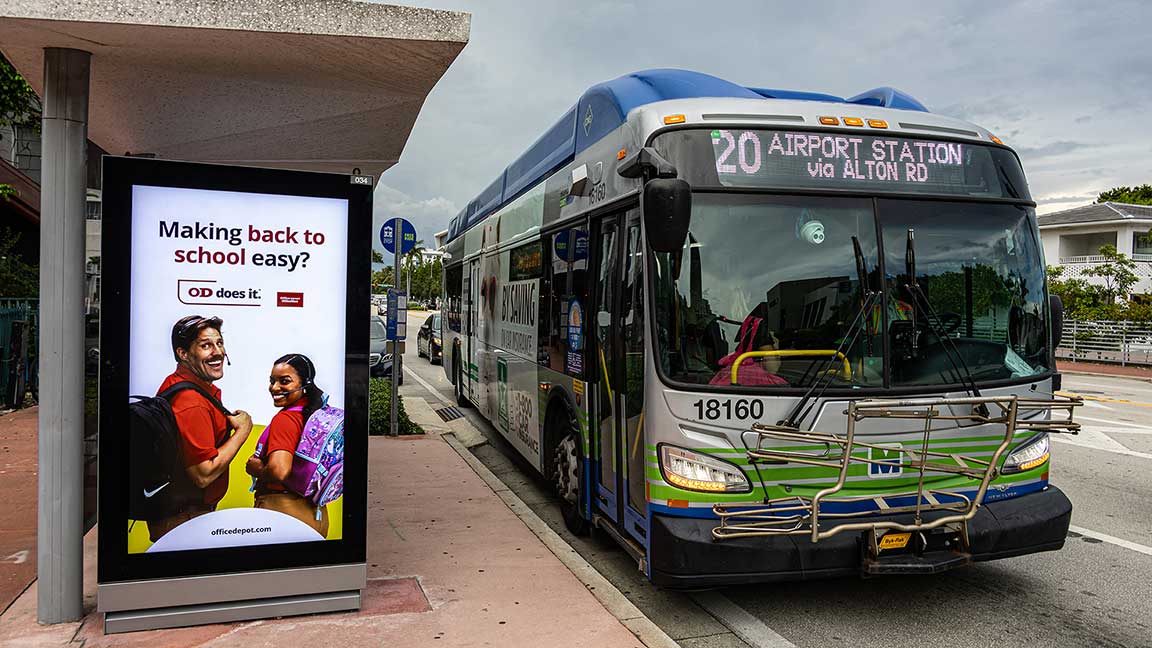
BTS shopping used to be a one-and-done affair. Not anymore. It’s become a dynamic, two-part season shaped by shifting routines, tighter budgets, and most interestingly, changing weather. According to TeacherLists, the number of families planning to shop as early as June has nearly doubled since last year, while 37% of parents say they make a second round of purchases once the weather starts to feel like fall. Even more telling? Over half of parents are more likely to notice or remember brands using weather-related advertising (SOURCE: The Weather Company).
This shift opens up a powerful new window for out of home advertisers: with real-time triggers and context-aware creative, brands can meet shoppers in moments of opportunity when moods, needs, and purchase intent are all in flux. Being present during these moments isn’t just clever; it’s a smart, data-backed way to stay top of mind when purchase decisions are in motion. With weather-triggered OOH, brands don’t just react to seasonal change — they move in sync with it. Best of all, contextual relevance increases unaided recall 4x (SOURCE: IAS). It’s not about advertising around the season anymore. It’s about becoming part of it.
7. Podcasts and Short-Form Video Are Rising as Discovery Channels
Back-to-school messaging isn’t just hitting screens — it’s in our ears, our social feeds, and everywhere in between. Podcasts, once a niche format, are now a fast-growing discovery channel for Gen Z and even Gen Alpha. Since 2021, the number of Gen Z who discover new products through podcasts has grown faster than those doing so via TV, social media, or music streaming services. With 1 in 5 Gen Alpha kids tuning in and Gen Z leading the charge in video podcast consumption — up 88% this year on Spotify alone — audio is no longer background noise, it’s a branding opportunity (SOURCE: GWI).
Meanwhile, short-form video continues to dominate the visual landscape. 70% of consumers say they’re influenced by social and creator content, and when it comes to BTS campaigns, Instagram Reels outperform for sustained engagement, while TikTok sees early spikes and YouTube lags behind (SOURCE: Inmar Intelligence). For marketers, this means creating consumable, story-driven content that’s native to each platform and timed to key BTS moments. Whether it’s a podcast pre-roll or a ten-second Reel, smart, platform-first creative is key to staying relevant across the full season.
8. Sustainability is No Longer Niche — And Gen Z Wants Brands to Do the Work
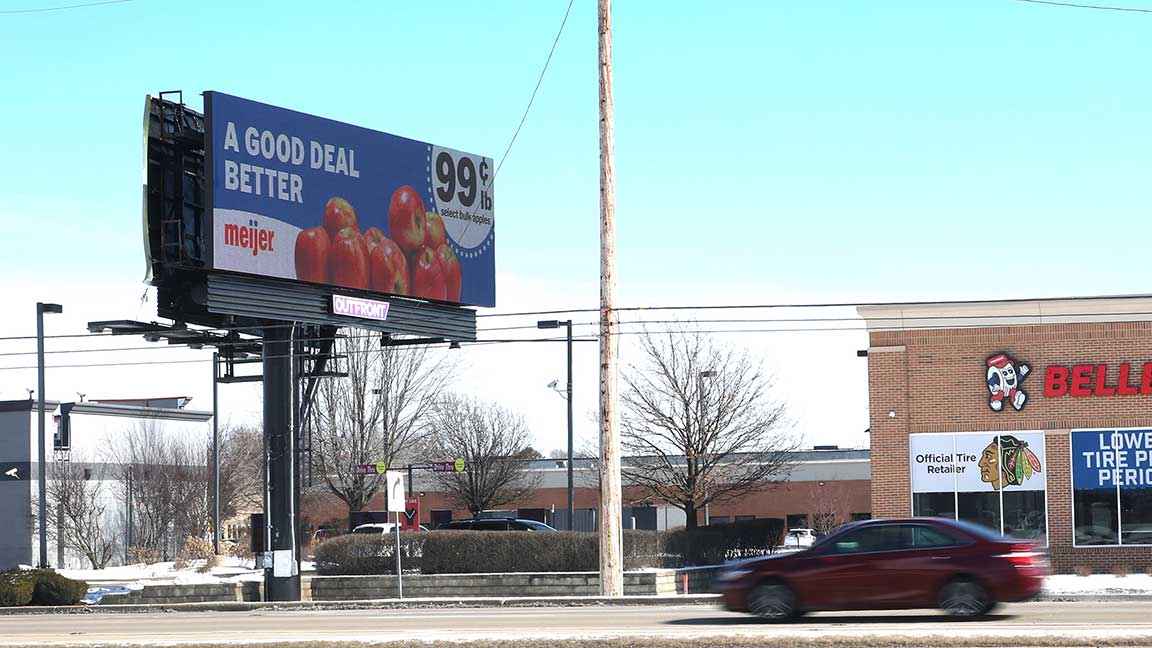
Eco-consciousness isn’t going away but the way younger consumers engage with it is changing. Gen Z still cares about sustainability, but they’re less likely to pay extra for it or go out of their way to vet every product. As GWI puts it, “It’s not that they don’t care; they just want brands to do the heavy lifting.” In other words, the pressure is on brands to lead — to take accountability, make the right choices behind the scenes, and eliminate friction for the shopper. Sustainability shouldn’t be a bonus, but instead, the baseline. This generation expects transparency, responsibility, and convenience all at once. And for marketers, that means baking sustainability into the brand experience, not tacking it on. Whether it’s packaging, sourcing, or messaging, the brands that make eco-efforts feel effortlessly authentic are the ones that will stand out.
9. AI Is Powering a New Kind of Personalized, Intent-Driven Shopping
The algorithm knows what you’re buying before you do. BTS shopping in 2025 is less about browsing and more about being understood. Gen Z shoppers, especially college students, are turning to AI-powered tools that streamline decision-making and deliver hyper-personalized results. In fact, 73% of college students say they’re open to using AI shopping assistants to simplify the process (SOURCE: Mintel). With ecommerce expected to drive more than 80% of year-over-year dollar growth this season, and 37.4% of BTS retail sales already happening online, there’s no denying that AI is reshaping not just how students shop, but how they expect to be sold to (SOURCE: eMarketer). The brands that succeed will be the ones who understand that today’s shoppers don’t want more choices — they want smarter ones.
10. AR and VR Are Turning Back-to-School into an Immersive Experience
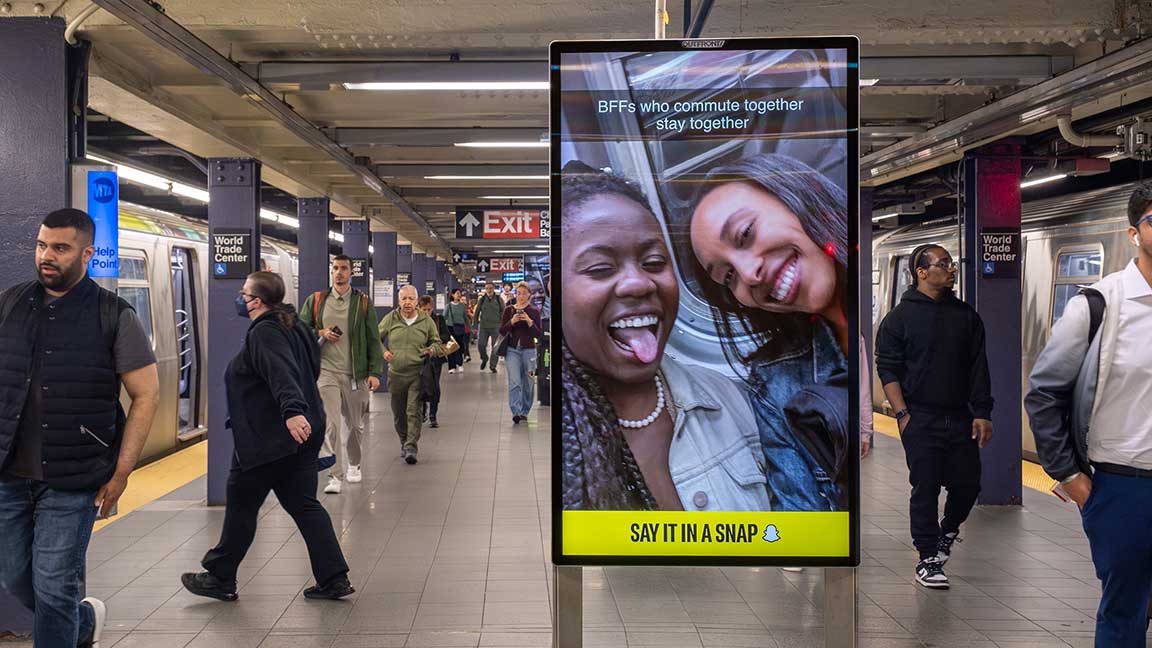
Last but definitely not least — because this might just be the coolest BTS trend: reality seems to be optional this season. Augmented Reality (AR) and Virtual Reality (VR) aren’t just futuristic buzzwords; they’re actively reshaping how students and parents browse, try, and buy. According to Snipp, retailers are now using AR to let families virtually try on backpacks, uniforms, and accessories from the comfort of their own homes, reducing returns and making the entire process feel more seamless. In-store kiosks and mobile apps are also offering immersive, try-before-you-buy moments, while VR is turning traditional websites into digital showrooms, recreating the feeling of shopping IRL on your device. And this isn’t just innovation for innovation’s sake — it seems to be working. Immersive experiences increase engagement, time spent with brands, and the likelihood of purchasing. These technologies are being embraced to simulate real-world retail environments and enhance consumer confidence in their online decisions (SOURCE: Snipp).
For marketers, this evolution creates a powerful opportunity to bring that immersion into the physical world through smarter, more interactive OOH. Think: QR-powered billboards that trigger AR filters, street posters that expand into digital try-ons, or interactive kiosks placed in high-traffic areas to merge awareness with instant action. As shopping habits become more fluid, blending physical touchpoints with digital depth is no longer a novelty — it’s a strategic necessity.
Contact OUTRONT today to learn how we can help you reach the back-to-school audience. Class dismissed!
Author: Neha Sankaran, Marketing Intern @ OUTFRONT
Links to third-party content are not endorsed by OUTFRONT Media. Past performance may not be indicative of future results. OUTFRONT does not guarantee specific results or outcomes.
Relevant OOH Content Straight To Your Inbox
Essential out of home insights, trends, and success stories. Delivered weekly.
